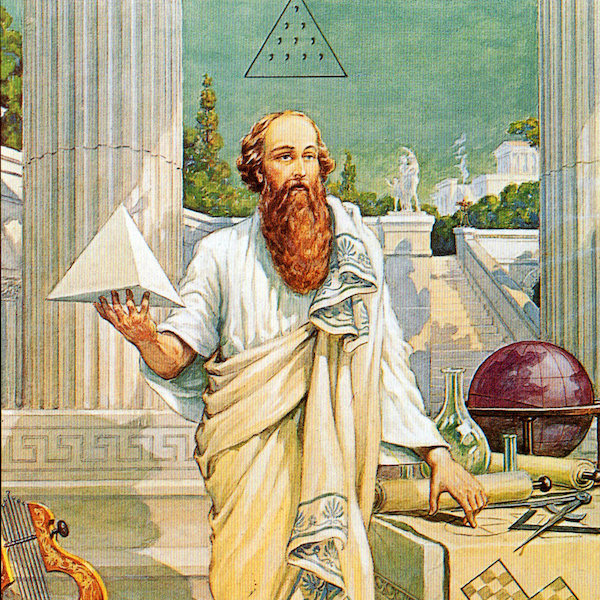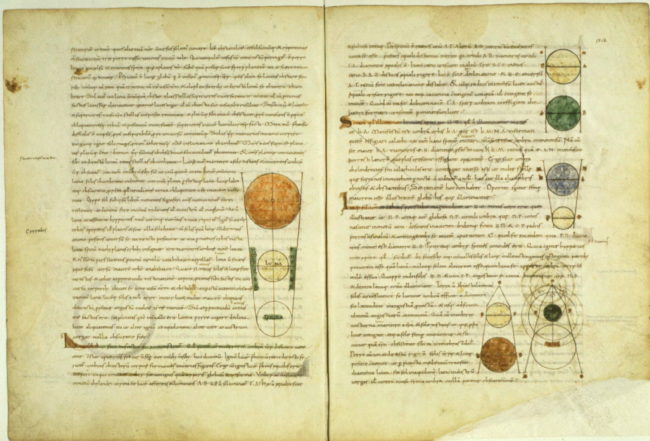
There is geometry in the humming of the strings, there is music in the spacing of the spheres.
Pythagoras (circa 570 BC), the sage philosopher and polymath was born on the Greek island of Samos. Renown by his fundamental theory of mathematics and his studies on the pre-existing link between music and mathematics, he demystified the music of the planets of our solar system which he defined as musica universalis – the music of the spheres.

Attesting to the fact that the planets and stars move according to mathematical equations, their movement correspond to musical notes and each emit their own unique hum. Their orbital resonance generates an inaudible symphony. Pythagoras believed that numbers were the elements of all beings and the universe as a whole was composed of harmony and numbers. He also set forth that the quality of life on Earth reflects “the tenor of celestial sounds ” which are physically imperceptible to the human ear. Alluding to the existence of the imperceptible by our bodily senses, he said :
Above the cloud with its shadow is the star with its light.
It is recorded in the sources dating back to Aristo and Plato that he firmly believed in the immorality of the soul. His character was distinguished by virtue of his modesty and humanism extended to all living creatures. It is recounted that Pythagoras was endowed with powers of communicating with animals. His wisdom inferred the co-existence of the two opposites poles of reality:
If there be light, then there is darkness; if there be cold, then there is heat; if height, depth; if solid, fluid; if hard, soft; if rough, smooth; if calm, tempest; if there be prosperity, then there adversity; if there be life, then there is death.
Confident of the fact that the soul is composed of vibrations of specific frequencies, he detected the arousing and calming effects of music on the soul. He used certain musical frequencies as a treatment in purifying the body and the soul.
Conceived from his knowledge on musical intervals and planetary orbits, he invented a musical tuning system in which the frequency of ratios of all intervals are based on the ratio 3:2 . This ratio, also known as the “pure perfect fifth” is still in use today because it is one of the most consonant and easiest to tune by ear.

Pythagoras left an indelible effect on many schools of thought, from Renaissance and humanists to the mathēmatikoi philosophers of the Platonic school. Years later Plato described astronomy and music :
They are twinned studies of sensual recognition: astronomy for the eyes, music for the ears, and both requiring knowledge of numerical proportions.

2500 years after Pythagoras’ pioneering theorem of mathematics and musica universalis, contemporary astrophysics discovered the orbital resonances, the music of the planets in specific proportions to their orbital motion. Furthermore, Earthians presently landed on Mars to measure and decode the vibrations of the mysterious red planet.
Here is a phenomenal recording of the sublime music of each planet in our solar system on the link below:
Duygu Bruce







